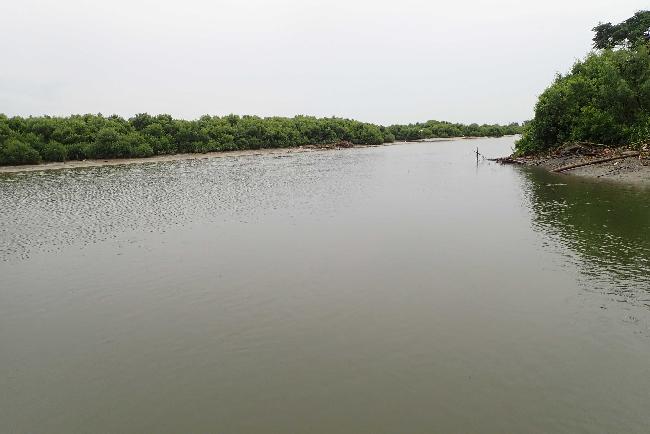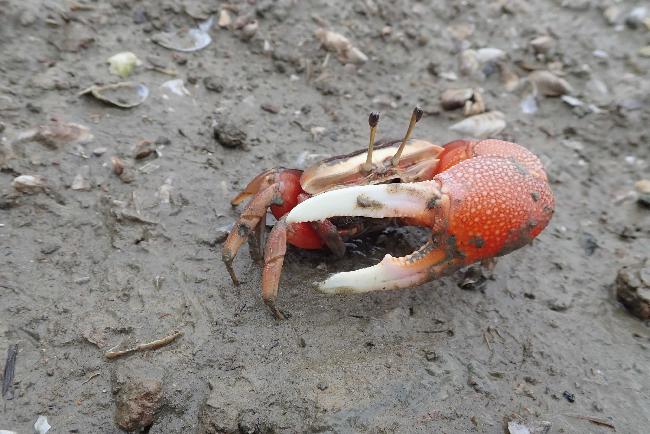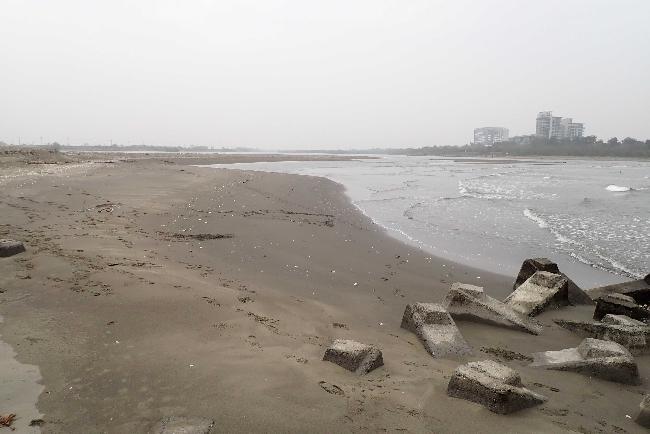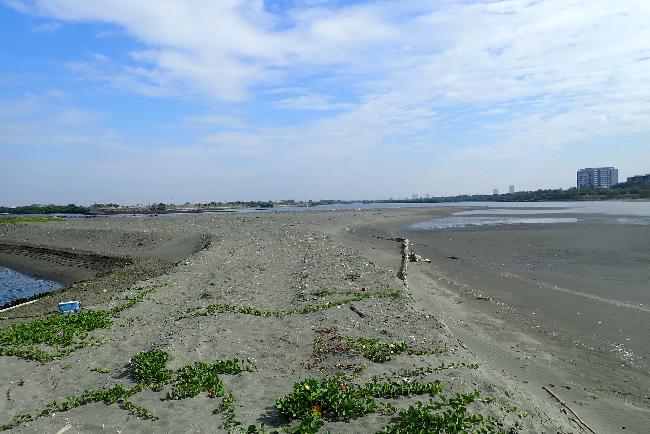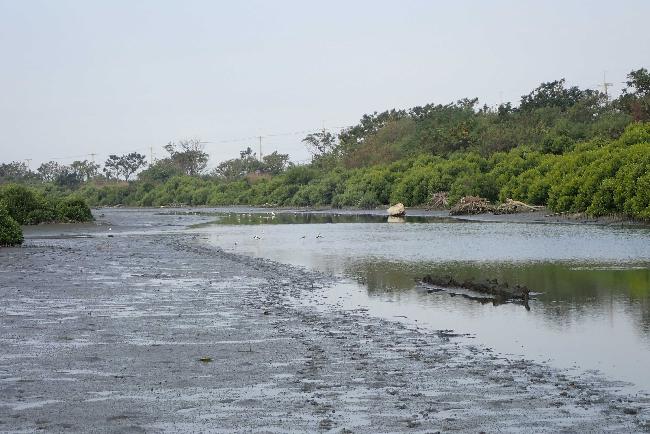Taiwan's Wetlands of Importance
Map of Taiwan's Wetlands
Yanshuei Estuary Important Wetland
Date:2019/08/16
Number of Visitors916
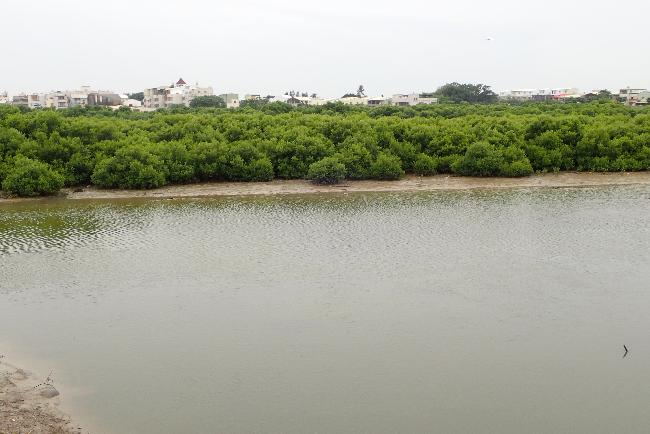
-
Area
453 ha
-
Chinese Name
鹽水溪口重要濕地
-
Category
Coastal natural wetland
-
Name
Yanshuei Estuary Important Wetland
-
Administrative area
Salt Water District, Tainan City
-
Related authorities or units
Taijiang National Park Headquarters
-
Boundaries
The wetland is located at the estuary of Yanshuei River. Its total area covers Sicao Inner Sea and Yanshuei Drainage System (the drainage line of Jianan Big Ditch Irrigation System) to its north, Anping Levee to its south, Provincial Highway 17 (Binghai Bridge and Dagang Guanhai Bridge) to its east and the sea area of six-meter isobaths to its west.
-
Introduction
The southwestern coastal area in Taiwan is a flat plain. The intertidal zone has abundant fishery resources. This is also the location of 14 important wetlands (including Yanshuei Estuary wetland), which are the habitats of black-faced spoonbill and other birds. Yanshuei Estuary wetland has become an important part of wetland conservation in southwestern coastal area and a major satellite habitat for black-faced spoonbill.
-
Ecological resources of importance
Literature shows that there are 31 families, 93 genera, and 105 species of terrestrial plants and species of birds in this area. By migration pattern, this area is visited by 25 species of resident birds and winter migratory birds, 2 species of summer migratory birds and 5 exotic species. Great egrets, intermediate egrets, little egrets, yellow egrets, and night egrets gather in the mangrove forest, an important habitat for nesting and breeding. Black-faced spoonbill, the iconic species, receives level 1 legal protection.
-
Endangered species
Oriental White Stork, Black-faced Spoonbill.
-
Rare and valuable species
Eastern Marsh Harrier, Osprey, Common Kestrel, Little Tern, Melodious Laughing Thrush.
-
Types to be conserved
Brown Shrike; Eulophia graminea.
-
The current situation and potential threats of wetlands
The egrets' breeding sites have been disturbed by a new type of "eco-tourists" in recent years. Visitors, who take bamboo rafts to enjoy the scenery, often sail too close to the bird's nests to see young birds. The scared young birds usually escape from their nests and move to the edge of the mangrove forest, waiting for the raft to leave before returning to their nests. In the process, some birds drop to the ground and die. In addition, some fishermen set fires to clean up their fishing pond levees, which destroy both the mangroves and bird nests.
-
Participating in recommended units
Wetlands Taiwan, ROC Wild Bird Association
- Childcare use plan

